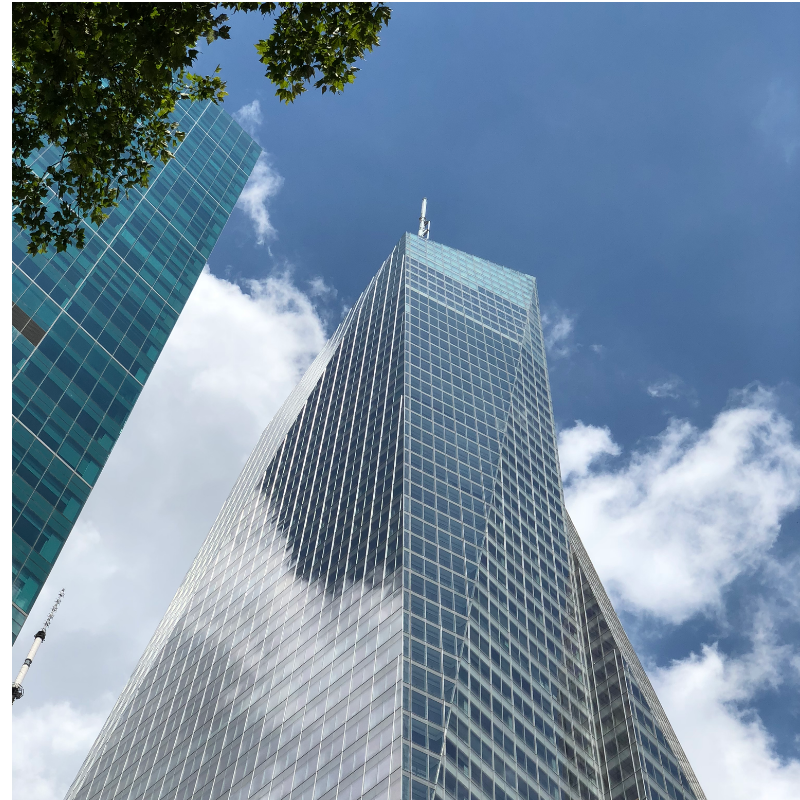Moving beyond the global pandemic, as organizations start thinking about corporate video production, brand films, training videos and the like, it’s a new day for how these productions can be captured.
Now, you may ask yourself how could Covid-19 impact corporate video production?
Well, the pandemic ushered in a new world of utilizing tools that have been at our disposal but not necessarily part of the corporate video production workflow. For example, the pandemic made it commonplace to utilize webcams, iPads, and smartphones to join video meetings and to remotely capture video content for video productions.
Further, remote video production techniques are being folded into just about every level of production from network newscasts to reality shows, and documentaries. That means that audiences are increasingly familiarized with remote video production being integrated into content, which spells an opportunity for corporate video productions.

Here are three ways that remote video production is impacting corporate video production:
Access to Global Participants: The traditional barriers of sending an ENG video crew, the costs, and logistics associated with those efforts are eliminated. This means with the use of remote video production tools organizations now have the ability to capture virtually any participant for corporate video productions.
Faster Turnaround Times: By accessing talent wherever they may be, corporate video production can benefit by being able to quickly schedule and shoot remote video production content that can quickly be integrated into larger video productions. While ENG video production crews can often be scheduled on short notice; remote video production cuts down on the logistics.
Degraded Production Value: Unfortunately, not all of the impact of remote video production is positive. While there are benefits of remote video production the reality is for a high-quality video production project remotely captured content may degrade the overall production value. Like anything not all remote video productions are created equally and some may have poor lighting, bad audio, or blurry or shaky footage which can distract from the message and the perception of the brand.
While the world continues to evolve and morph into a new post-pandemic normal there’s no doubt that remote video production is here to stay and is another tactic in the video production war chest. For organizations that are producing content going forward, it’ll be an important tool to consider when developing video content and carefully thinking about the best production methodology for the initiative at hand.

